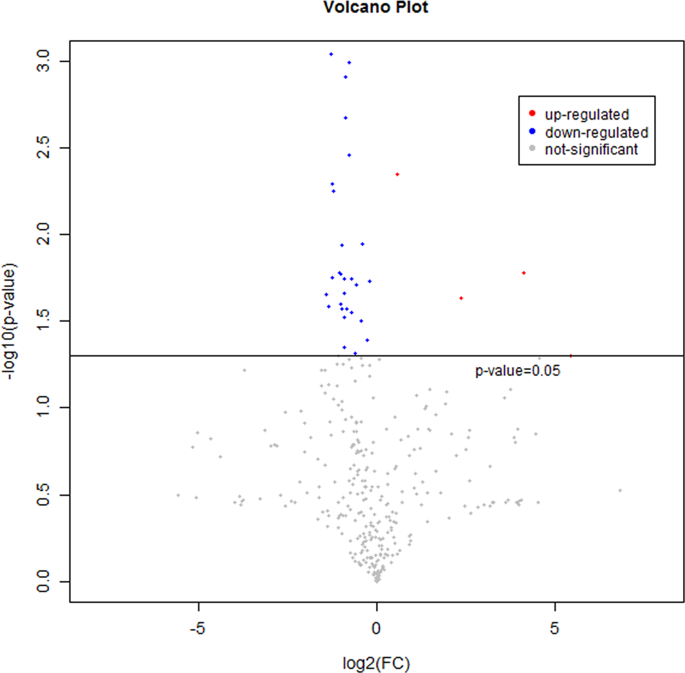Scientific Reports ( IF 3.8 ) Pub Date : 2020-04-08 , DOI: 10.1038/s41598-020-63252-9 Mingsong Xiao 1 , Kelin Qian 2 , Yuliang Wang 1 , Fangyin Bao 1

|
Siniperca chuatsi is currently one of the most important economic farmed freshwater fish in China. The aim of this study was to evaluate the metabolic profile of recirculating ponds aquaculture system (RAS)-farmed S. chuatsi. Gas Chromatography-Mass Spectrophotometry (GC-MS) metabolomic platform was used to comprehensively analyze the effects of recirculating ponds aquaculture system (RAS) on the Mandarin fish S. chuatsi metabolism. Database searching and statistical analysis revealed that there were altogether 335 metabolites quantified (similarity > 0) and 205 metabolites were identified by mass spectrum matching with a spectral similarity > 700. Among the 335 metabolites quantified, 33 metabolites were significantly different (VIP > 1 and p < 0.05) between RAS and pond groups. In these thirty-three metabolites, taurine, 1-Hexadecanol, Shikimic Acid, Alloxanoic Acid and Acetaminophen were higher in the pond group, while 28 metabolites were increased notably in the RAS group. The biosynthesis of unsaturated fatty acids, lysosome, tryptophan metabolism were recommended as the KEGG pathway maps for S. chuatsi farmed in RAS. RAS can provide comprehensive benefits to the effects of Siniperca chuatsi metabolism, which suggest RAS is an efficient, economic, and environmentally friendly farming system compared to pond system.









































 京公网安备 11010802027423号
京公网安备 11010802027423号